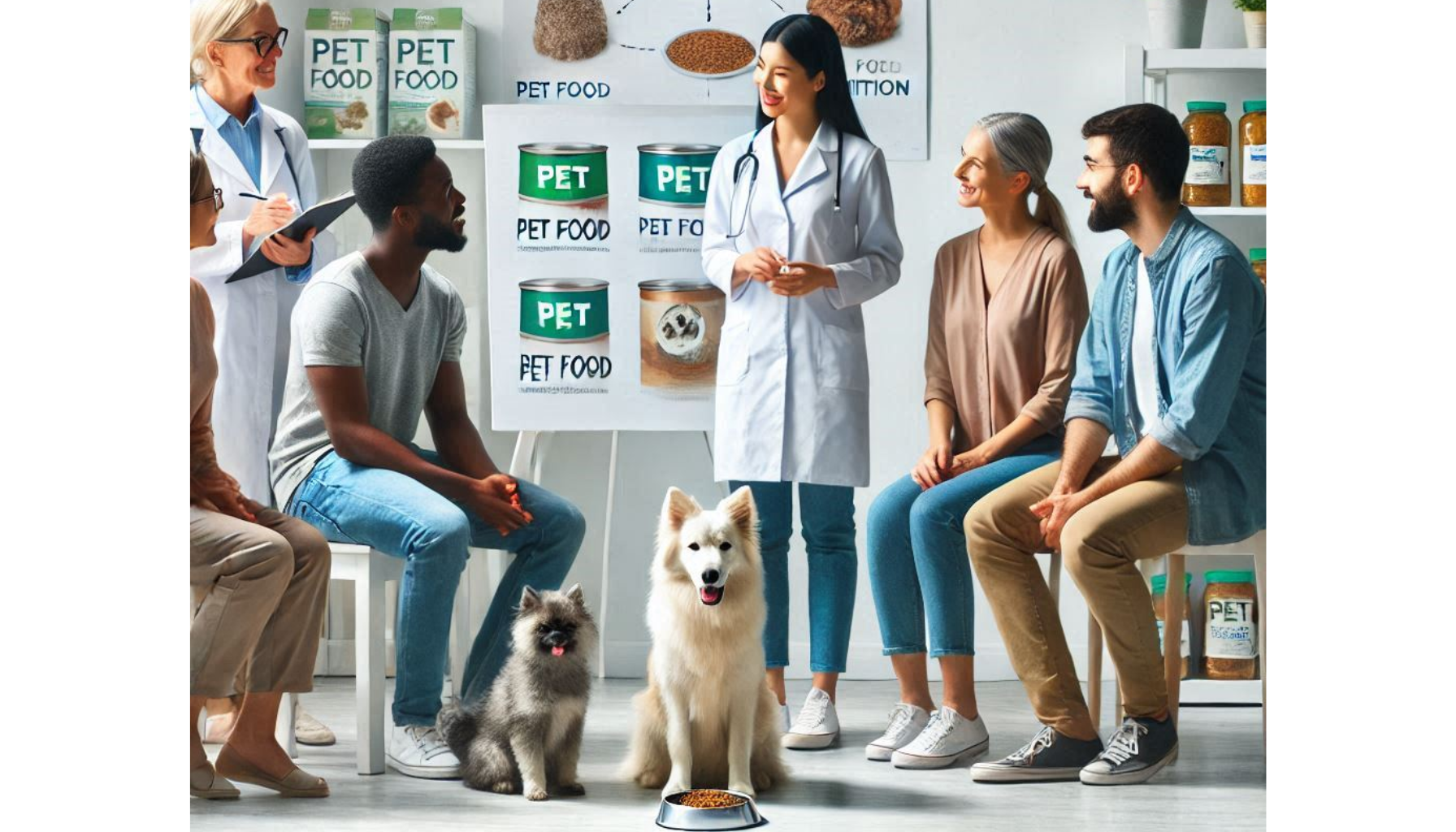A balanced diet is one of the most important factors for your pet’s overall health. The right food supports growth, energy, and disease prevention, while the wrong diet can lead to obesity, allergies, and digestive issues.
But with so many pet food options available, how do you choose the best diet for your dog or cat?
In this guide, you’ll learn how to choose the right diet based on your pet’s age, breed, health conditions, and lifestyle.
1. Why Proper Nutrition Is Important for Pets 🏥🐾
Pets need a diet that provides essential nutrients for growth, energy, and longevity.
✅ Benefits of a Proper Diet:
✔ Supports healthy weight and metabolism.
✔ Prevents nutritional deficiencies and diseases.
✔ Strengthens the immune system.
✔ Promotes healthy skin, coat, and digestion.
📌 Tip: Feeding the wrong diet can cause digestive issues, allergies, or chronic illnesses—choosing the right food is crucial!
2. Choosing the Right Diet Based on Age 📅🐾
Your pet’s nutritional needs change as they grow.
✅ Best Diet for Puppies & Kittens (0-12 Months)
✔ High-protein food for muscle growth.
✔ DHA & Omega-3s for brain and eye development.
✔ Small kibble or wet food for easy chewing.
🚨 Avoid: Adult pet food—puppies & kittens need more calories and nutrients.
📌 Tip: Puppies & kittens need 3-4 meals per day until 6 months old.
✅ Best Diet for Adult Pets (1-7 Years)
✔ Balanced protein & fat for energy and weight control.
✔ Fiber-rich foods for digestion.
✔ Portion-controlled meals to prevent obesity.
🚨 Avoid: Overfeeding—measure food portions to maintain a healthy weight.
📌 Tip: Most adult pets do well with two meals per day (morning & evening).
✅ Best Diet for Senior Pets (7+ Years)
✔ Lower calorie food to prevent weight gain.
✔ Joint-supporting nutrients (glucosamine & chondroitin).
✔ Easily digestible proteins (chicken, fish, turkey).
🚨 Avoid: High-fat foods—senior pets metabolize slower and are prone to obesity.
📌 Tip: Senior pets may need smaller, more frequent meals to support digestion.
3. Choosing the Right Diet Based on Breed & Size 🐕🐈
Different breeds and sizes have unique dietary requirements.
✅ Best Diet for Small Dog Breeds (Chihuahua, Pug, Yorkie)
✔ Small kibble size for easy chewing.
✔ Higher calorie food (small dogs have fast metabolisms).
✔ Omega-3s for healthy skin (small breeds are prone to allergies).
📌 Tip: Small breeds need more frequent meals (2-3 times per day) to maintain energy.
✅ Best Diet for Large Dog Breeds (Labrador, German Shepherd, Golden Retriever)
✔ Joint support (glucosamine & chondroitin).
✔ Lower fat & calorie control to prevent obesity.
✔ Slow-feeding bowls to reduce the risk of bloat.
📌 Tip: Large breeds grow slower—choose puppy food formulated for large breeds to support bone health.
✅ Best Diet for Indoor Cats (Persian, Ragdoll, Siamese)
✔ Lower calorie food to prevent weight gain.
✔ Extra fiber to prevent hairballs.
✔ Taurine for heart health (essential for all cats).
📌 Tip: Indoor cats are less active, so they need fewer calories than outdoor cats.
✅ Best Diet for Active & Outdoor Cats (Bengal, Maine Coon, Abyssinian)
✔ High-protein food to support energy levels.
✔ Omega-3s for joint health.
✔ More calories to match their activity levels.
📌 Tip: Outdoor cats burn more energy—they need higher calorie food.
4. Wet Food vs. Dry Food: Which Is Better? 🥣🐾
Both wet and dry food have pros and cons—some pets do best with a mix of both.
| Type | Pros | Cons |
|---|---|---|
| Dry Food (Kibble) | Helps clean teeth, easy to store, more affordable | Lower moisture content, may be harder to chew for seniors |
| Wet Food (Canned) | Higher moisture (good for hydration), tastier for picky eaters | More expensive, spoils quickly |
| Raw Diet | Natural ingredients, high in protein | Risk of bacteria, needs careful preparation |
📌 Tip: If your pet doesn’t drink much water, adding wet food can help with hydration!
5. Special Diets for Pets with Health Conditions 🏥🐾
Some pets need special diets to manage health conditions.
✅ Best Diets for Common Health Issues:
🐶 Obesity: Low-calorie, high-fiber diet.
🐱 Diabetes: High-protein, low-carb food.
🐕 Allergies: Limited-ingredient or hypoallergenic food.
🐈 Kidney Disease: Low-protein, low-phosphorus diet.
📌 Tip: Always consult a vet before switching to a prescription diet!
6. How to Read Pet Food Labels 🏷️🐾
Not all pet foods are created equal—always check the label!
✅ What to Look for:
✔ Named protein source (chicken, beef, salmon).
✔ No artificial preservatives or colors.
✔ AAFCO-approved (meets pet nutrition standards).
🚨 Avoid:
❌ “Meat by-products” (low-quality protein).
❌ Corn, wheat, soy (cheap fillers with little nutrition).
❌ Excess sugar or salt.
📌 Tip: The first 3-5 ingredients tell you what the food is mostly made of!
7. How Often Should You Feed Your Pet? ⏰🐾
The right feeding schedule depends on your pet’s age and activity level.
| Pet Type | Feeding Schedule |
|---|---|
| Puppies & Kittens | 3-4 small meals per day |
| Adult Dogs & Cats | 2 meals per day |
| Senior Pets | 2 smaller meals per day |
📌 Tip: Free-feeding (leaving food out all day) can lead to overeating & obesity—stick to scheduled meals!
Final Thoughts: A Healthy Diet for a Happy Pet! 🥩🐾
Choosing the right diet for your pet is key to a long, healthy life. With the right balance of protein, fat, and essential nutrients, your pet can thrive at any age or breed.
✅ Pick age-appropriate food (puppy, adult, senior).
✅ Choose high-quality protein & natural ingredients.
✅ Adjust food for size, breed, and activity level.
✅ Monitor portion sizes to prevent obesity.
🐾 A well-fed pet is a happy, healthy pet! Make the switch to a better diet today!
